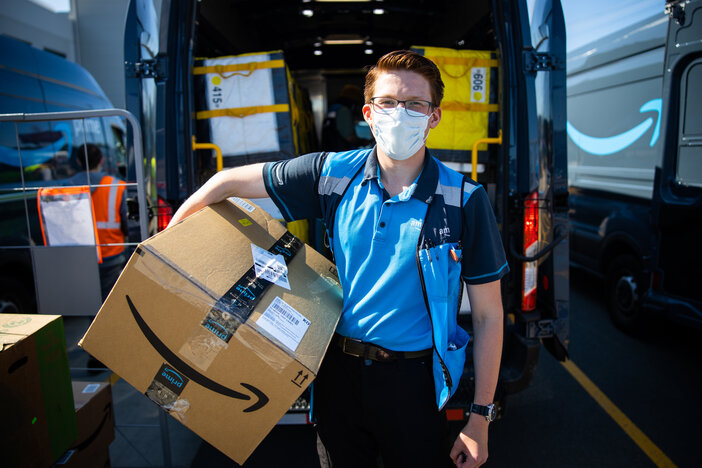Does the subscription model offer an opportunity for posts and delivery companies? Marek Różycki (Last Mile Experts) analyzes successful subscription models such as Amazon Prime and what they mean for the last mile
Launched by the printing industry in the 18th century, subscriptions were originally used by newspaper and magazine publishers to fund large printing runs in advance and to maintain a steady and predictable income flow.
While the reasons have changed somewhat, subscriptions arrived in the last mile when, in 2005, Amazon announced Amazon Prime, offering free two-day shipping within the USA on all eligible purchases for an annual fee of just US$79. It then launched Prime in Germany, Japan and the UK in 2007. As of January 2020, there are Prime members in 17 countries in North America, Europe and Asia-Pacific.
Amazon is not the only player to offer ‘free’ parcel delivery to subscribers or members, but it is arguably the largest, most important and, critically, most successful actor on this stage. Several posts and other last-mile stakeholders, including France’s La Poste and Australia Post, have tried and failed to offer a similar service. In the USA, large players such as Walmart have also jumped on the bandwagon with their Walmart+ service offering benefits such as unlimited delivery, discounts on gasoline and scan-and-go purchasing at any of its physical stores, priced at only US$98 per annum. For the now slightly higher fee of US$119, Amazon Prime is still a great deal if you plan to use its features. Benefits include free fast shipping for eligible purchases, streaming of films, TV shows and music, exclusive shopping deals, unlimited reading and more.
Interestingly though, my home country, Poland, has been one of the few places where not one but two large e-commerce players have been able to successfully launch subscription programs in the form of Allegro Smart and Empik Premium.
What is needed for success?
So why would e-tailers, posts or carriers want to introduce a subscription model? Actually, the original 18th century reasons still hold true, but are now far less important than the fact that for e-tailers this will lead to loyalty and significantly increased sales. At Last Mile Experts, we believe that this can even increase sales by more than 100%.
Given the checkered historic success of subscriptions in the last mile, the question is, what is needed for success in parcel subscription models?
First and foremost, there must be a package of benefits (large or small) that has real value for the consumer. In Amazon’s case, J.P. Morgan estimated a few years ago that Prime membership was actually worth US$785 annually! In addition to this, the benefits must be relevant to the consumer, so even a great, low-priced deal, with poor product assortment (i.e. too few significant e-tailers on board) is doomed to failure, as was the case with La Poste’s Colissimo Pass.
Secondly, unless the subscription provider is able to subsidize the service via partners or its own resources, a highly efficient delivery channel is key. Hence the successful Polish scheme – Allegro Smart started with out-of-home delivery only.
Finally, it will be key to ensure that shipments have a minimum order value, so that the vendor is able to use some of its margin to help subsidize the ‘free’ delivery.
“Price models like that are quite successful in driving both loyalty and usage,” says Richard Zinoecker, senior advisor for commercial excellence at Arthur D Little. “A good example is the BahnCard, which was introduced in 1994 in Germany and offers a 50% cheaper ticket price for an upfront payment of €229 [US$274]. The effect was higher usage of the railway rather than the car (20% to 30% increased traffic).”
Zinoecker adds that it was reported in 2018 that Prime members spent an average of US$1,400 on Amazon, whereas non-Prime members spent around US$600.
Not so simple to do, you may say, and you’d be right. But the benefits of a successful scheme are there for all to see. It is for this reason that we can expect more and more players – both retailers and marketplaces – to develop their own subscription models.
While the customer benefits are clear, the real winners, in the end, with subscriptions will be the retailers who can develop and execute a successful scheme.



